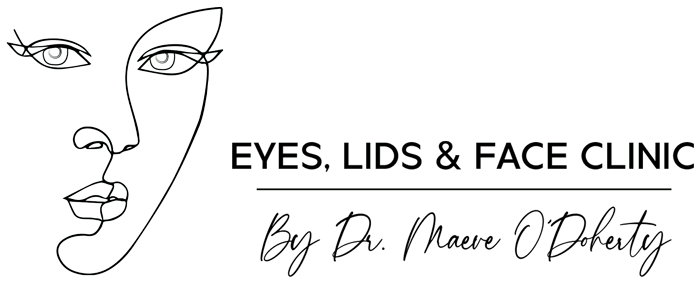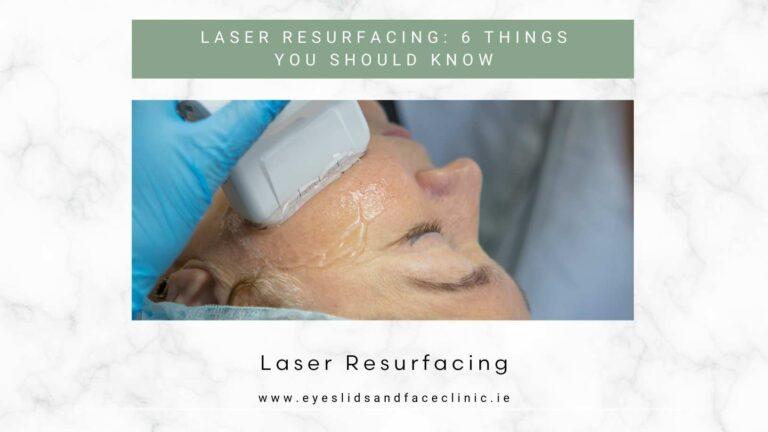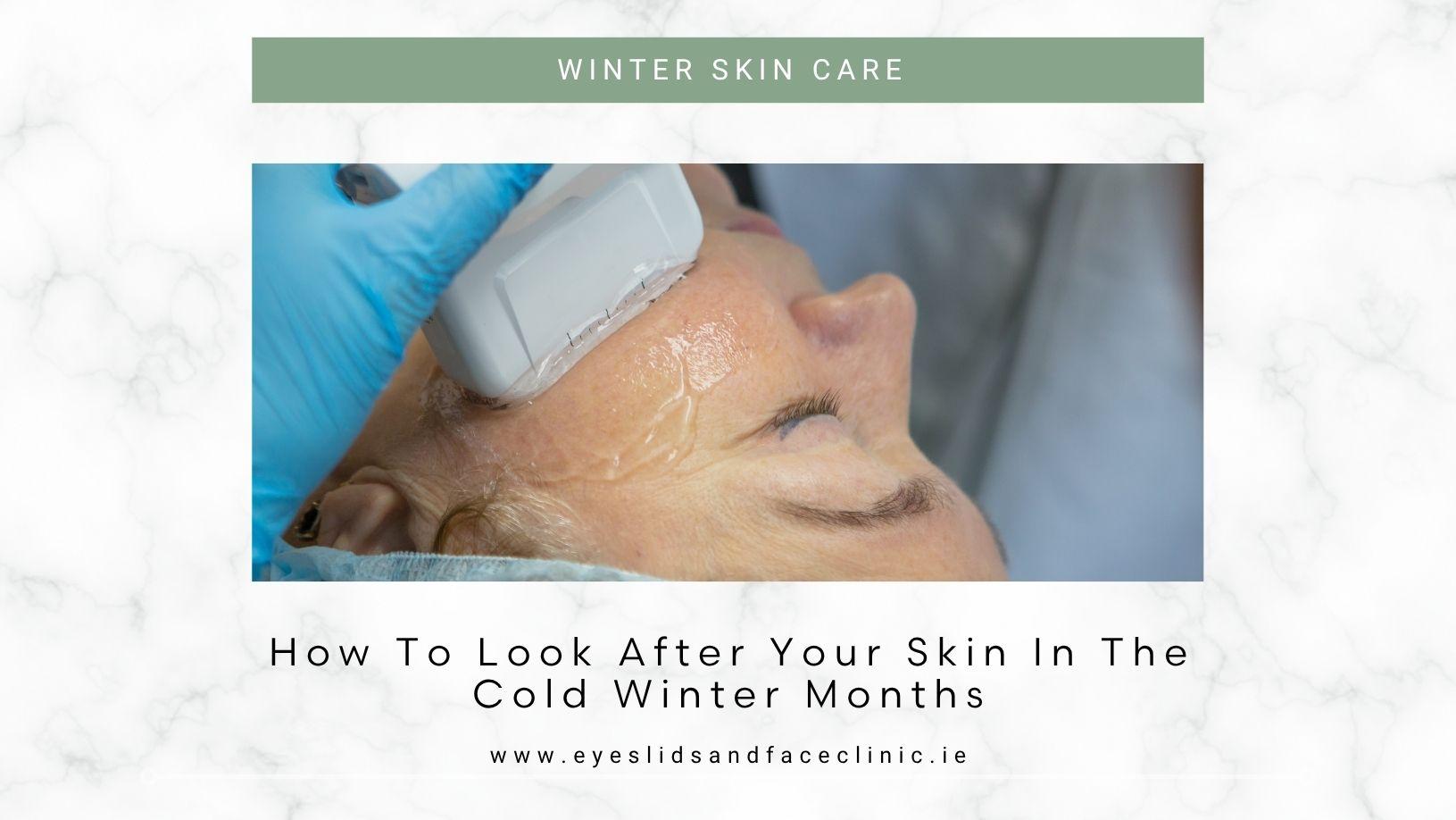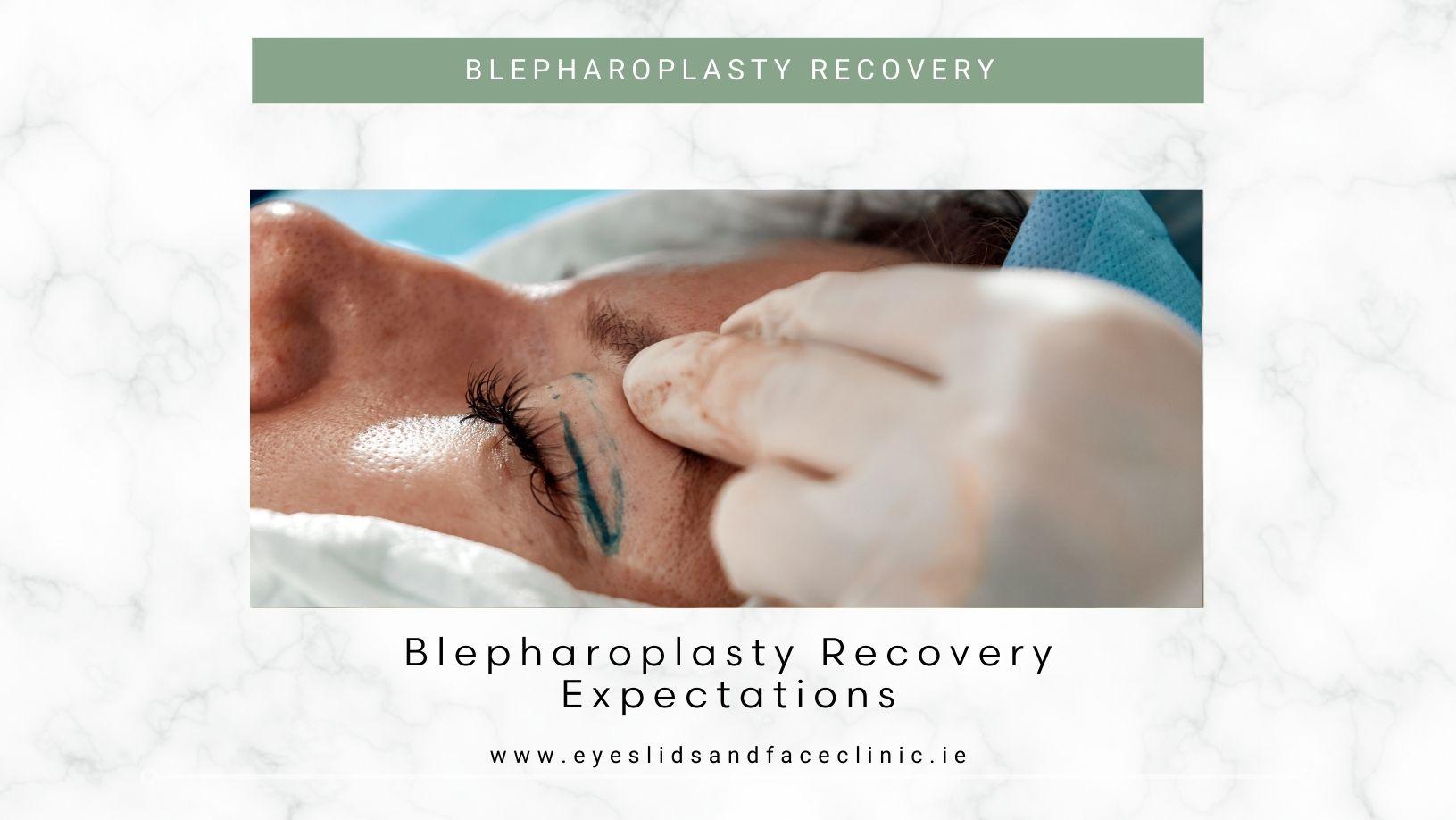Laser skin resurfacing has become a sought-after treatment for those looking to rejuvenate their skin, reduce the appearance of imperfections, and restore a youthful glow. Whether you’re new to the concept or considering it for the first time, understanding the key aspects of this innovative treatment can help you make an informed decision.
1. What Is Laser Skin Resurfacing?
Laser skin resurfacing is a non-invasive procedure that uses focused light beams to remove damaged layers of skin, stimulate collagen production, and improve skin texture. It addresses a variety of concerns, including fine lines, wrinkles, scars, sun damage, and uneven skin tone.
2. Types of Laser Resurfacing
There are two main types of laser treatments:
- Ablative Lasers: These lasers remove the outer layer of the skin (epidermis) while heating the underlying layer (dermis). This process stimulates collagen production, resulting in smoother and tighter skin.
- Non-Ablative Lasers: These are less invasive and work beneath the surface to promote collagen growth without removing the outer layer of skin. They are ideal for minor imperfections and require less downtime.
3. What to Expect During the Procedure
Laser skin resurfacing is typically performed in a clinic. Before the procedure, your skin will be cleansed, and a numbing cream or local anesthetic may be applied to minimise discomfort. The laser device is then used to target specific areas of the skin, a process that can take 30 minutes to two hours depending on the size of the treatment area.
4. Recovery and Aftercare
The recovery process varies depending on the type of laser used. With ablative lasers, expect redness and peeling for about 1–2 weeks. Non-ablative treatments generally have minimal downtime, with only slight redness or swelling for a day or two. It’s essential to follow your provider’s aftercare instructions, including:
- Avoiding sun exposure.
- Keeping the skin moisturised.
- Using sunscreen to protect the treated areas.
5. Is Laser Resurfacing Right for You?
Laser skin resurfacing is suitable for most skin types, but the best candidates are those with mild to moderate skin imperfections and healthy skin. During a consultation, your provider will assess your skin type, concerns, and goals to determine the best treatment plan for you.
6. Benefits of Laser Skin Resurfacing
- Reduces the appearance of wrinkles and fine lines.
- Improves skin tone and texture.
- Minimises acne scars and pigmentation issues.
- Stimulates collagen for long-lasting results.
Final Thoughts
Laser skin resurfacing is a transformative treatment that can enhance your skin’s appearance and boost your confidence. By understanding the procedure, recovery, and benefits, you can decide if it’s the right choice for you. Schedule a consultation with an expert to learn more about your options and create a personalised plan tailored to your skin’s needs.




